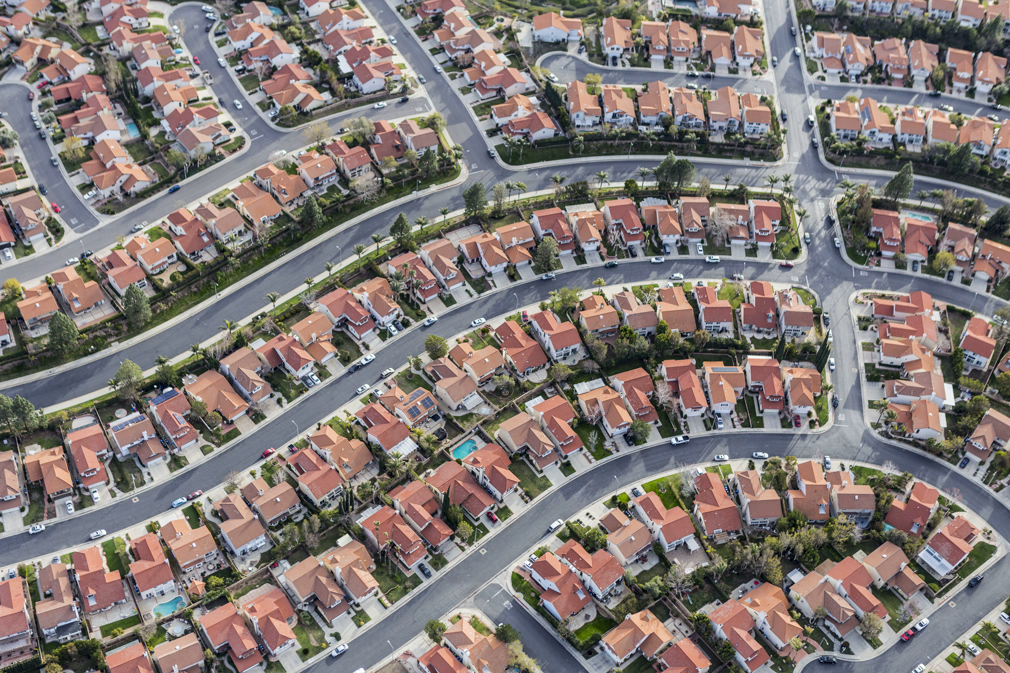Pending home sales tumbled 21% in March as the COVID-19 pandemic shook the housing market, the National Association of Realtors said on Wednesday.
The seasonally adjusted index measuring signed contracts fell after posting gains during the first two months of the year, according to NAR data.
“The housing market is temporarily grappling with the coronavirus-induced shutdown, which pulled down new listing and new contracts,” said Lawrence Yun, NAR’s chief economist. “With the economy slowly and safely reopening, listings and buying activity will resume, especially given the record low mortgage rates.”
The spring buying season, when in a typical year more than half of U.S. home transactions occur, won’t be the same in 2020, Yun said. Some, but not all, of those sales will shift to the second half of 2020, he said.
“The usual spring buying season will be missed, however, so a bounce-back later in the year will be insufficient to make up for the loss of sales in the second quarter,” he said.
The shortage of inventory that has plagued the housing market since last year will sustain home prices, unlike the last economic crisis when there was an oversupply of homes for sale, Yun said. For the year, the U.S. median home price probably will increase 1.3% to a record high, he said.
Existing-home sales in the current quarter probably will tumble 34% to 3.76 million at an annualized pace as Americans grapple with the COVID-19 pandemic, Fannie Mae said in a forecast earlier this month.
For all of 2020, home sales likely will be down 15% compared with 2019 the forecast said.
The average U.S. rate for a 30-year fixed mortgage probably will be 3.3% in 2020 and 2.9% in 2021, according to the Fannie Mae forecast. Both would be all-time lows.
“Amid job losses and employment stability concerns, we expect the housing market to also experience a downside shock,” said Doug Duncan, Fannie Mae’s chief economist. “Early indications are that the purchasing benefit of lower interest rates are being offset by the downturn in employment.”






